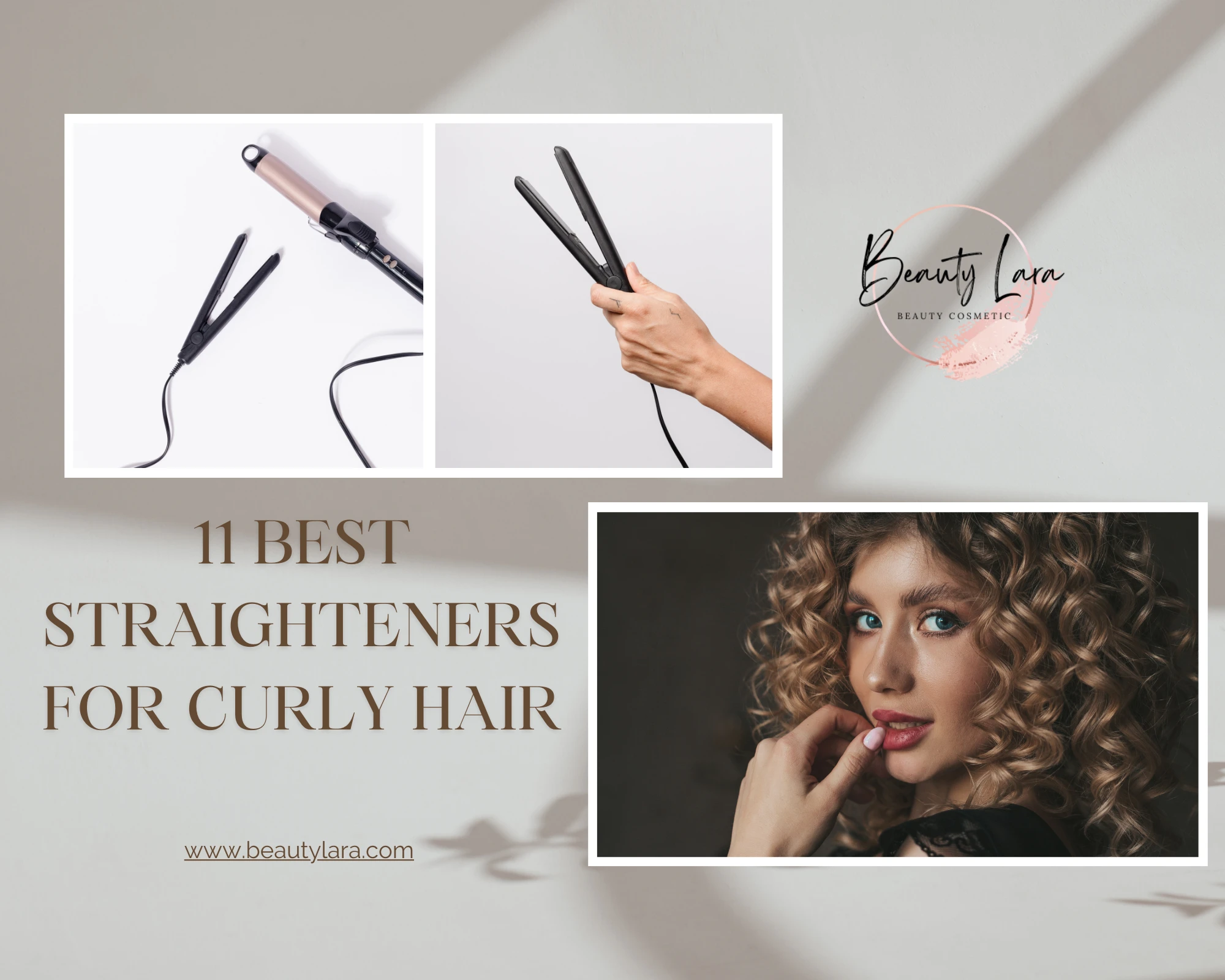Flying can take a toll on your skin, but the right steps can keep it glowing and healthy from takeoff to landing. If you’re wondering how to do airplane skincare routine, the short answer is: cleanse before boarding, hydrate throughout the flight with moisturizing creams or masks, protect your skin with SPF, and avoid heavy makeup. This ensures your skin stays refreshed despite the dry cabin air, fluctuating humidity, and recycled air pressure.
Why Your Skin Needs a Plane‑Friendly Routine
Every modern aircraft engine is a miniature climate control system that often ends up mimicking the driest, most uncomfortable environment on Earth. Cabin air is filtered, recirculated, and pumped through dehumidifying vents, leading to a relative humidity that rarely exceeds 10‑20 %. That tiny amount of moisture is far less than the 50‑60 % in most salons or bathrooms, and the low temperature differences, coupled with frequent door openings, create a skin‑seeking‑water situation.
In addition, the aircraft’s UV‑blocking windows actually filter out most UVB rays, which can fool your skin into staying relaxed and not producing new collagen. However, the oxygen‑rich atmosphere and the tendency for passengers to cough or sneeze produce micro‑bacteria that can settle on the skin’s surface if not rinsed away.
Given that you’re often in the sitting position for hours, the fluid accumulation in the lower eyelids and the face’s general sag, your skin can accumulate cottony dry patches, fine lines, and a dull, ashy tone.
So, no matter how far your destination may be, a concise airplane skincare routine is not an optional luxury—it is a necessity for skin health, comfort, and confidence on board.
The Anatomy of an Ideal Airplane Skincare Routine
You don’t have to bring a bag of products, but a well‑thought‑out list can save time and prevent the dreaded “did‑I‑forget‑my‑blender‑brush?” panic. Below is a 5‑step routine that covers the basics: hydration, plasma‑restoring protection, anti‑puffing, and subtle bright‑up.
- Cleanse/Eye Care
- Hydrate & Lock‑In
- Prevent Puffiness
- Shield & Brighten
- Optional Quick Refreshes
Each step requires a specific product (or a single all‑in‑one solution), but you can tailor it to personal preference.
1. Cleanse & Detoxify (The Ground Prep)
Purpose: Remove excess sweat, sweat‑derived oil, and airborne pollutants that accumulate at the skin’s surface.
How to:
- Pre‑Flight: Before you board, apply a 2‑minute micellar wash to a small Q‑pad. This light cleansing will clear away any leftover makeup residues and keep the skin surface smooth for moisture penetration.
- During Flight (Optional): Many airlines now offer complimentary or purchasable “wash‑in‑bags” where you can apply a gentle wash‑off or a cleansing balm with a few droplets. These are perfect for the mid‑flight touch‑up if you notice your skin feeling tight after 2–3 hours.
Long Paragraph – Why Cleanse?
Cleanse not only cleans; it also initiates a cascade of benefits crucial for the rest of the routine. When the skin’s barrier is less clogged, serum and moisturizer molecules can better penetrate deeper layers, resulting in a supple texture rather than a “stitchy” feel. Moreover, the air in the cabin can cause your skin’s natural barrier to thin or lose essential lipids. A quick micellar cleanse dislodges debris and re‑establishes a baseline for the next steps.
2. Hydrate & Seal (The Lifeline)
Purpose: Provide your face with instant moisture and lock it in despite the airplane’s dry air.
Suggested Products:
- Hydrating Serum (e.g., 1–2 drops of hyaluronic acid or a gel‑based serum)
- Lightweight Moisturizer (e.g., a water‑based gel or an electrolyte‑infused cream)
- Micro‑Spray Mist (optional, but excellent for midday refresh)
How to
- Apply the serum first, using your fingertips in a gentle dot‑push motion.
- Follow instantly with the moisturizer, using small upward strokes to promote circulation.
- If you choose a spray, mist lightly onto the face after the moisturizer has absorbed.
Extended Discussion
The combination of serum and moisturizer is the backbone of any airplane skincare routine. The serum’s high concentration of hyaluronic acid can hold up to 1000 times its weight in water, providing a temporary “plumping” effect that counters the cabin’s drying tendency. The light cream acts like a micro‑gel barrier, sealing the water in and preventing evaporation. A well‑hydrated epidermis also reduces the likelihood of fine lines or puffing around the eyes, as the dermis is better poised to manage excess interstitial fluid.
3. Anti‑Puff & Comfort (The Cushion)
Purpose: Minimize swelling around the eyes and cheekbones, a frequent side‑effect of extended seated positions.
Preferred Tools:
- Cool Gel Eye Pads (gel that can be inserted in the fridge or a small cool pack)
- Cucumber or Green Tea Pouch (pre‑chilled)
- Mini‑Cool Towel (wrapped in a damp compress)
How to
- Place one gel pad onto each eye and hold for 5–10 minutes, swapping as needed.
- For the cheeks, press a small gel compress onto the inner upper cheekbones, and gently massage for 30 seconds.
Deeper Explanation
The human body’s fluid shift, especially during long flights, can push water into the face’s superficial tissues. Applying a cool compress lowers the local temperature and constricts the micro‑capillaries, encouraging fluid to move toward deeper layers—this diminishes puffiness. The gel’s moisture also adds hydration directly to the area, countering the drying effect the cabin air may cause.
4. Protect & Glow (The Shield)
Purpose: Guard the skin from external irritants (microbacteria, jet‑plane allergens) and add a radiant touch.
Products to Use:
- Air‑Travel‑Sized Sunscreen (SPF 30 min‑to‑midnight, tinted or clear)
- Mattifying or Shine‑Reducing Primer (for oily skin)
- Blush or Bronzer (for a quick contour)
Execution
- After the moisturizer has set, apply a thin layer of SPF, ensuring coverage under the eyes (where you’ll need a bit more than the rest of your face for protection).
- Use the primer on the T‑zone for a de‑oil effect.
- For an instant glow, dab a half‑lollipop of a lightweight blush onto the apples of your cheeks.
Why It Matters
The cabin environment often contains a concentration of mold spores, dust, and even airborne viral particles that can irritate especially sensitive skin or the eyes. A quick, broad SPF layer with a broad‑spectrum filter protects against the hidden UV light emitted by cabin lights and screens. The bright, de‑oil primer keeps your look fresh through hours of turbulence, while the quick blush addition restores that “just‑got‑out-of-the‑bed” freshness that no amount of hydration could provide.
5. Quick Refresh (On‑Demand “Second‑Wind” Steps)
When to Use:
- If your skin feels tight after 4–5 hours.
- When you need to re‑balance after a meal or beverage.
Tools
- Portable Face Mist (aloe, rose or chamomile)
- Micronized Silicone Facial Wipes (pre‑cleaned for hygiene)
- Reusable Water-Only Towel (dampened, not soaked)
Method
- Lightly mist the face; let it air‑dry.
- Use the silicone wipes or towel for a gentle cleansing and moisture restoration.
- Optionally add a light drop of serum for extra hydration.
Practical Packing List (No Extra Bulk!)
| Item | Suggested Option | Why It Works |
|---|---|---|
| Micro‑Q Pad | 1‑small, disposable | Saves space; no extra cloth to wash |
| Micellar Water | 50 ml bottle | Light, no rinse‑required |
| Serum + Moisturizer | 1‑5 ml each | 1 ml of each can fill a standard 3‑ml container |
| Mini‑Eye Gel Pads | 2, packable | Compact packaging with cooling pack |
| Sunscreen | 30 ml tube or spray | Provides SPF with tiny volume |
| Face Mist | 50 ml tube | Long‑lasting hydration, 2–3 ml used daily |
| Travel‑Friendly Lip Balm | 1 ml tube | Prevents lipstick dryness |
Packaging Tip: Opt for travel‑sized, TSA‑friendly containers. All of these products fit easily into any carry‑on suitcase or backpack, ensuring you’re not forgetting anything essential.
Insider Tips from Frequent Flyers
- Plan a “Hydration Pause”
- Schedule a 10‑minute break in your routine at least once an hour. A quick mist or even a pause for a fresh air walk around the cabin encourages circulation and reduces fluid retention.
- Use the “Two‑Minute Rule”
- If you’ve had alcohol or a heavy meal, give your skin extra time to re‑hydrate. Use the 10‑minute hydrating step after each meal.
- Mind Your Posture
- While seemingly unrelated, proper posture reduces tension on facial muscles, curbing sag and promoting a smoother complexion.
- Opt for “Soft” Lenses
- If wearing prescription lenses or contacts, ensure they’re sanitized. Lenses are a major irritant if they’re not cleansed; they can transfer bacteria onto the skin around the eyes.
- Carry a Small “Clean Cloth”
- A microfiber cloth in a case allows you to wipe away debris or excess product without needing a full washing step.
A Sample 10‑Hour Flight Routine
| Time (Minutes) | Step | Action | Notes |
|---|---|---|---|
| 0–2 | Cleanse | Micellar pad | Remove cabin dust |
| 2–3 | Hydrate | Serum + Moist | 2 tiny drops |
| 3–5 | Seal | Light moisturizer | Pat and flush |
| 5–6 | Cool compress | Gel eye pad | 3×30s each |
| 6–7 | SPF | Spray light | Under eyes included |
| 12–17 | Refresh | Mist + wipe | Rehydrate |
| 30 | Cool compress | Gel pad | Re‑apply |
| 45 | Hydrate | Hydration mist | 1–2 ml |
| 60 | Refresh | Light serum | 1 drop |
This schedule balances efficiency with thoroughness, ensuring you remain comfortable without becoming a “skin‑care addict” at 30 k feet.
Frequently Asked Questions (FAQs)
Do I really need sunscreen on a flight?
Absolutely. Even though you’re indoors, cabin lights emit a spectrum of artificial light that contains UV‑like wavelengths. A thin SPF layer shields sensitive skin from potential long‑term damage and prevents uneven tanning caused by frequent plane‑to‑plane trips.
Can I use regular moisturizer or does my skin need a special travel formula?
A regular lightweight gel‑based moisturizer works fine. However, if you’re prone to extreme dryness, look for a product containing hyaluronic acid, glycerin, or ceramides. These ingredients lock in moisture more effectively against cabin humidity depletion.
What’s the best way to carry eye pads when traveling?
Use a small sealable bag or a reusable silicone pouch where the pads stay flat. If you’re traveling, you can store them in a toiletry bag and keep them chilled overnight by placing the whole bag in the fridge or using a small ice pack.
The Bottom Line
Your suitcase should hold just a handful of carefully selected products that can be applied in five simple steps: cleanse, hydrate, cool, protect, and refresh. A properly executed how to do airplane skincare routine allows you to keep your complexion looking fresh, resilient, and healthy, no matter the flight duration.
By embracing this routine, you’ll feel more confident, less puffy, and ready to greet each destination with a radiant, fresh‑bloom visage.
Bon voyage and happy skin‑traveling!







